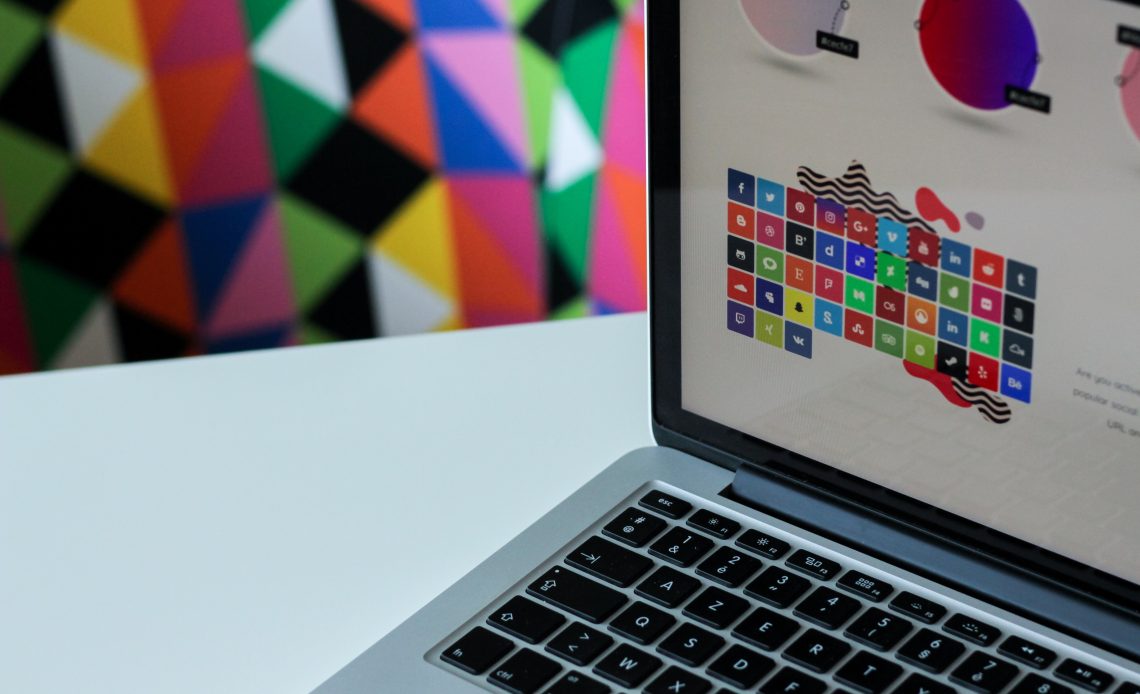
In user interface design, touching design is a transformative approach that aims to enhance user interaction and experience through intuitive tactile feedback. This design methodology transcends conventional interaction paradigms, offering users a seamless and immersive interaction with digital interfaces. In this comprehensive discourse, we will explore the intricacies of touching design, its pivotal role in user experience, and its widespread applications. Additionally, we shall delve into a detailed comparison of salaries across various global regions, aligned with the requisite qualifications for mastering this skill.
Table of Contents
The Essence of Touching Design
Touching design represents a facet of user interface (UI) design, concentrating on tactile interactions between the user and digital interfaces. It encapsulates the creation of user interfaces that are responsive to various touch gestures, such as pinching, swiping, and tapping, facilitating a direct and instinctive user interaction. The scope of touching design extends beyond touchscreen devices, encompassing tangible interfaces like buttons and dials, ensuring their usability and tactile responsiveness. A foundational understanding of touching design can be significantly enhanced by exploring resources like the UI Glossary, which elucidates relevant terminologies and concepts.
The Imperative of Touching Design
In the contemporary digital landscape, the user experience is paramount, and touching design emerges as a critical component in its enhancement. This design approach fosters a natural and intuitive user interaction, diminishing the learning curve for newcomers and broadening technology’s accessibility. Furthermore, touching design augments interaction efficiency, enabling users to execute actions more swiftly and with diminished cognitive strain. Professionals and enthusiasts might refer to the UI Design Software article for a more comprehensive insight into the tools pivotal in touching design.
Applications Across Domains
Touching design is useful across diverse domains, from web and mobile applications to tangible products and interactive installations. In the context of mobile applications, it enhances navigation and interactive elements through touch-sensitive gestures. For websites, it enriches the user experience by introducing interactive components like sliders, which respond to touch. Regarding physical products, touching design is instrumental in crafting buttons and switches that are user-friendly and provide immediate tactile feedback.

Mastery in Touching Design
Attaining proficiency in touch design necessitates a robust grounding in both UI and UX design principles, coupled with a profound understanding of human-computer interaction. Designers must critically evaluate user experiences, considering the potential enhancements through touch interactions. Additionally, a high level of proficiency in various design tools and technologies, such as Figma and Adobe XD, is indispensable. Aspiring designers keen on excelling in this domain may find the resource Become a UX Designer to be a valuable starting point.
Three simple rules of good touch design
| Rule Number | Rule Description | Why It’s Important | Tips for Implementation |
|---|---|---|---|
| 1 | Ensure Touch Targets are Large Enough | To accommodate various finger sizes and prevent accidental taps | – Use a minimum size of 44px by 44px for touch targets. – Provide ample spacing between touch targets |
| 2 | Provide Immediate Visual Feedback | To reassure users that their touch input has been registered | – Implement color changes, highlights, or animations upon touch – Ensure feedback is instantaneous |
| 3 | Simplify and Optimize the Touch Interface | To enhance user-friendliness and efficiency | – Use a minimum size of 44px by 44px for touch targets. – Provide ample spacing between touch targets |
Salary Comparison and Qualifications Required
To elucidate the career prospects within touching design, the following table presents a salary comparison based on key global regions, alongside the qualifications requisite for a career in this innovative field:
| Country | Average Annual Salary (USD) | Qualifications Required |
|---|---|---|
| United States | $85,000 – $105,000 | Bachelor’s degree in design, HCI, or related field |
| United Kingdom | £40,000 – £60,000 | Bachelor’s degree in design, HCI, or related field |
| Canada | CAD 70,000 – CAD 90,000 | Bachelor’s degree in design, HCI, or related field |
| Australia | AUD 80,000 – AUD 100,000 | Bachelor’s degree in design, HCI, or related field |
| Germany | €50,000 – €70,000 | Bachelor’s degree in design, HCI, or related field |
Beyond academic qualifications, a comprehensive portfolio demonstrating proficiency and experience in touching design is essential for enhancing employment prospects.
Conclusion
Touching design is a pivotal component in crafting intuitive and engaging user experiences. As elucidated in this article, this design approach is applied across numerous domains, necessitating a profound understanding of UI and UX design principles. The remuneration is competitive for professionals aspiring to carve a niche in this field, and ample resources are available for skill development. By integrating the principles of touch design, designers are empowered to create user interfaces that are engaging and intuitively aligned with user needs.


